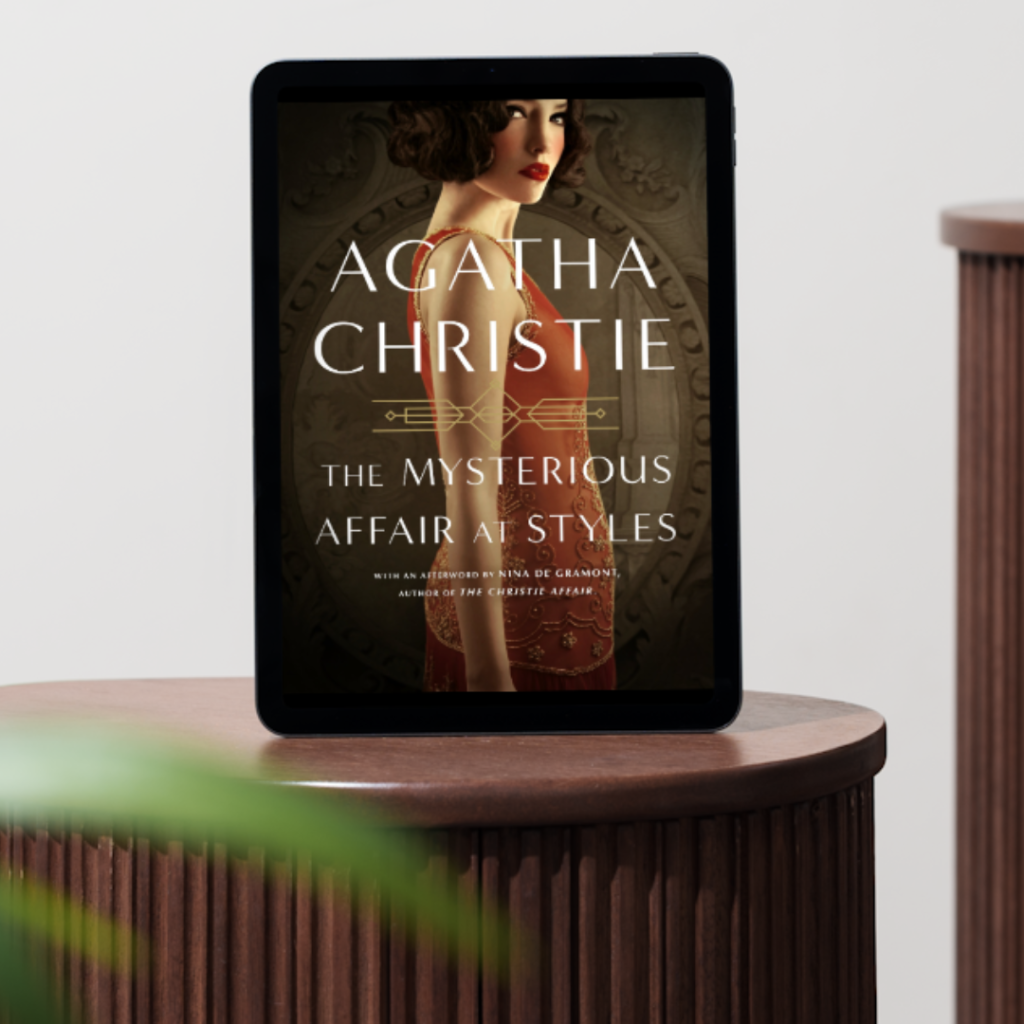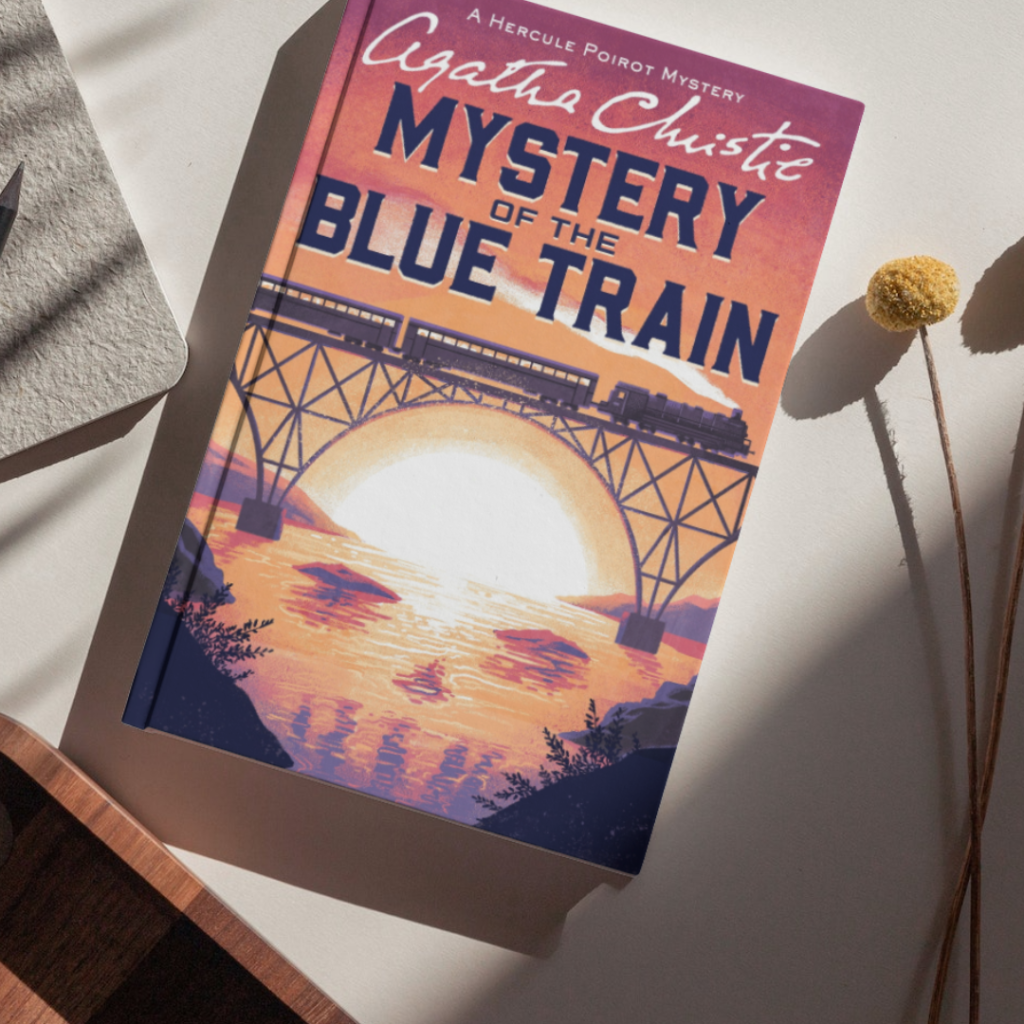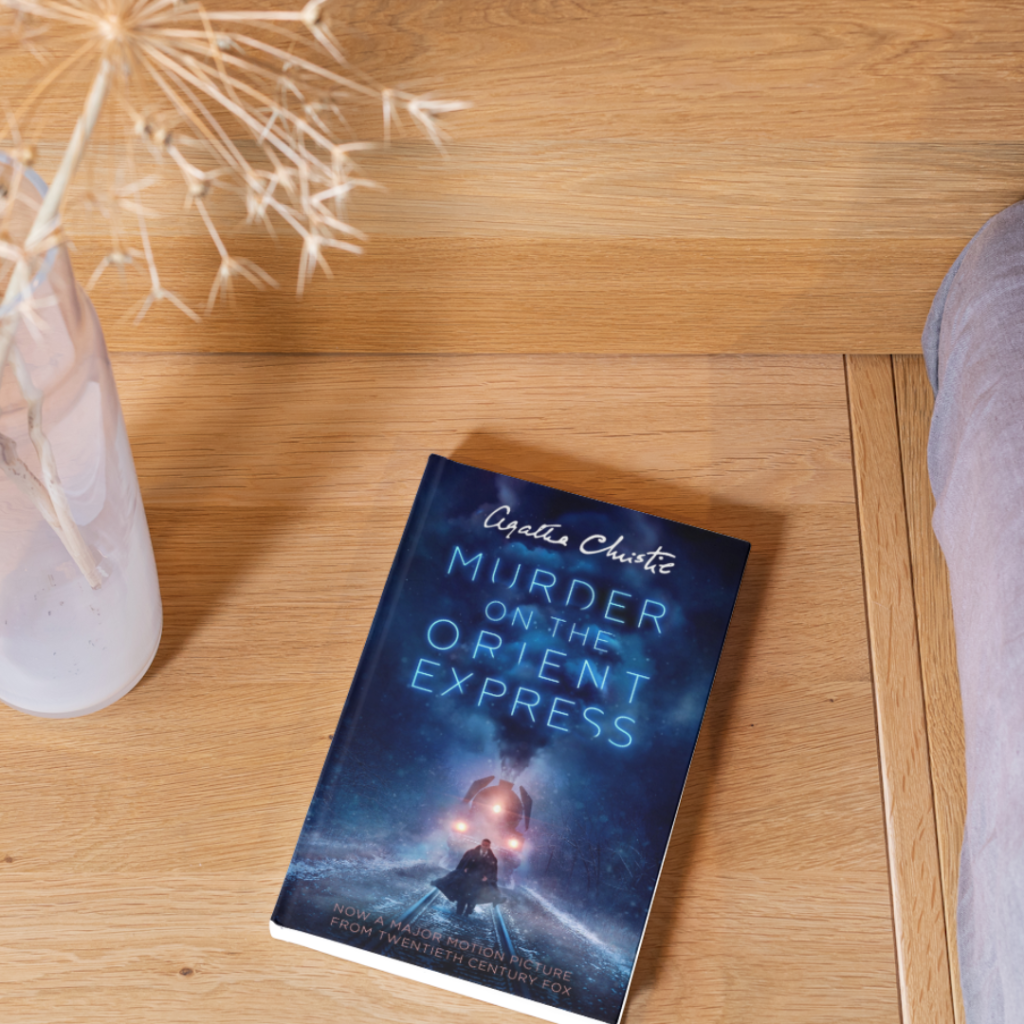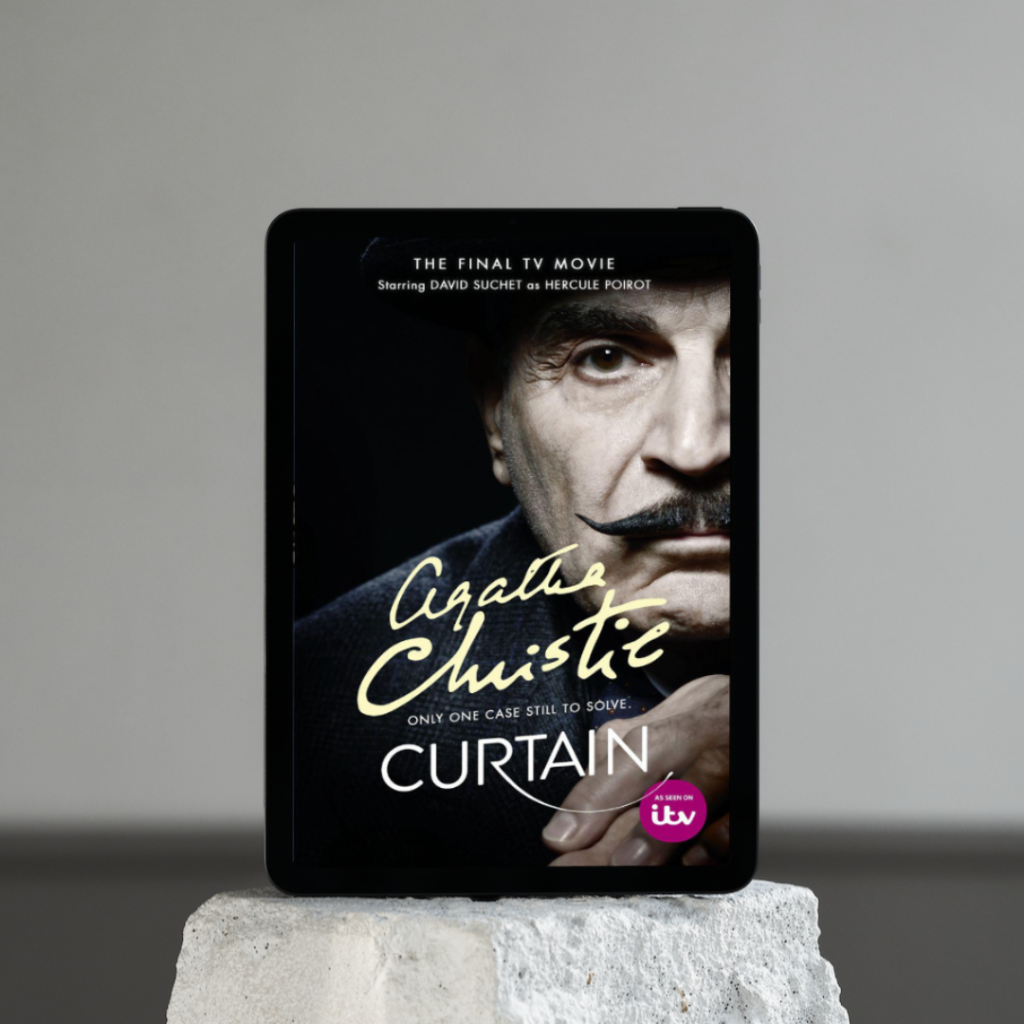A Self-Taught Reader
Agatha Christie, the youngest sibling in her family, found herself in a unique position that set the stage for her literary journey. Despite her mother Clara’s wish for her to delay learning to read until eight, Agatha’s curiosity couldn’t be contained. Alone and surrounded by books, she mastered reading all by herself, a feat that hinted at the extraordinary path she was to embark on.
The Mysterious Affair at Styles is NOT Agatha Christie’s first piece of work.
Her first foray into writing wasn’t the celebrated The Mysterious Affair at Styles that many assume marked her debut. Instead, it was House of Beauty, a story born out of a suggestion from her mother during a period of convalescence from influenza at eighteen. This initial step into storytelling, though less known, was a glimpse into Agatha’s imaginative prowess.

A Poisons Guru
Christie’s narratives are renowned for their intricate plots involving poisons, a detail that mirrored her real-life expertise. Her knowledge in chemistry wasn’t just from writing research; it was practical, honed during her tenure as a World War I nurse and later as a dispenser. Her proficiency was such that she once cleverly averted a potentially fatal mistake by her superior, showcasing her adeptness and attention to detail.
Never Backed Down From A Challenge.
The beloved detective Hercule Poirot wasn’t simply a stroke of genius but the result of a bet with her sister Madge, who doubted Agatha could pen a compelling detective story. Poirot, inspired by the Belgian refugees in Torquay, was Christie’s answer to that challenge. He was a manifestation of her observational skills and her ability to draw inspiration from the world around her.
A Unique Murder Weapon.

Christie’s preference for poison as a murder weapon in her stories was no coincidence. Surrounded by lethal substances in her pharmaceutical work, she found them to be natural tools for her narratives. In her autobiography, Agatha explained why she preferred poison as her murder method.
“Since I was surrounded by poisons, perhaps it was natural that death by poisoning should be the method I selected,” she wrote.
“Since I was surrounded by poisons, perhaps it was natural that death by poisoning should be the method I selected,”
Agatha Christie wrote
She showcases her extensive knowledge of this subject in many of her books and one of them even helped cure a real case. In the book The Pale Horse, Agathe describes the symptoms of thallium poisoning in such great detail that doctors were able to identify it and cure a real-life case.
Talking to Herself Was Part of Her Creative Process
In the writing The Mysterious Affair at Styles Christie took some vacation time to complete the book. She embraced the habit of talking to herself, a practice that began in childhood due to long hours spent alone. This method of working through her stories became a part of her creative process, one that she carried into her adult life without hesitation. She enjoyed reading the characters’ words out loud.

Six Rejections Later
Christie’s initial experience with publishing was fraught with challenges, notably with her first manuscript getting rejected six times before John Lane of The Bodley Head, decided to take her up. Their relationship, however, got quite rocky when his editorial decisions clashed with Christie’s vision. For example, at the editor’s insistence, she had to use the word “coco” in place of “cocoa.” When the book was published, Christie was labelled “not a good speller” by her readers, which was something that offended her and said was “much unfair.”
Due to the strained editorial relationship and unfair terms, Christie decided to hire an agent and shop around for another publisher, and this was when she got to work with William Collins & Sons now known as Harper Collins.
This relationship started on a great note with Agatha’s first book with Collins being one of the most famous murder mystery novels of all time- The Murder of Roger Ackroyd. This is the book that defined Agatha’s career. This early encounter with the publishing world was a lesson in resilience and self-belief, teaching her the importance of finding the right partners who respected her work.

Writing Stopped Being a Passion and Became a Profession
1926 marked a pivotal year for Christie, not just professionally but personally. The loss of her mother and the dissolution of her marriage to Archie Christie brought her immense grief and led to her own mysterious disappearance. It was during this tumultuous period that writing transitioned from a passion to a necessity, a means to navigate through her personal crises.
For two years, Agatha struggled to write and in 1928, when she finally accepted the end of her marriage, her divorce was finalised. She moved to the Canary Islands and finally completed The Mystery Of The Blue Train.

Writing Under a Pseudonym
In a bid to explore new literary territories, Christie adopted the pseudonym Mary Westmacott, allowing her to pen novels that diverged from the detective genre. This alter ego gave her the freedom to express a different facet of her creativity, one that was less constrained by the expectations associated with her name. She was able to write more personal and heartfelt pieces about life.
Her first book under the pseudonym was Giant’s Bread, a book about a gifted composer torn between his passion for music and the complexities of his personal life, including romantic entanglements and societal expectations. It’s a deeply introspective work that explores themes of artistic integrity, love, and the sacrifices one makes for their true calling.

A Sharp Critic
Even in her later years, Christie’s keen observation and wit remained sharp. Her last public appearance at the premiere of Murder on the Orient Express (the film) saw her critiquing Poirot’s portrayal, specifically the lack of luxuriousness in his mustaches, a detail that spoke volumes of her attachment to her characters.

Star Treatment Farewell
The publication of Curtain: Poirot’s Last Case brought an end to Hercule Poirot’s adventures but also marked a unique moment in literary history as The New York Times published an obituary for the fictional detective, underscoring the profound impact Christie’s creations had on the world.

Agatha Christie’s journey was more than just about becoming a bestselling author; it was a narrative filled with personal challenges, creative triumphs, and a legacy that transcends time. Her autobiography, released posthumously, offered a final, intimate glance into the life of a woman whose imagination knew no bounds, leaving an indelible mark on literature and on the hearts of millions around the globe
